In the food packaging...
How to distinguish food-grade tin boxes from ordinary metal boxes?
This article will help you accurately distinguish the core differences between the two, focusing on material certification, process details, and safety performance. It will also share tips on choosing reliable custom food-grade tin box manufacturers, wholesalers, and suppliers to ensure food packaging safety.
With increasing consumer awareness of food safety, the compliance of packaging materials has become a key factor in brand competition. Tin boxes, due to their strong sealing properties and excellent light-shielding properties, are widely used in high-end packaging for foods such as tea, candy, and chocolate. However, some ordinary metal boxes are marketed as food-grade tin boxes, which can lead to food contamination if misused.
The following five key aspects will help you scientifically distinguish between them:
---
1. Material Certification: Check for authoritative compliance markings
The fundamental difference between food-grade tin boxes and ordinary metal boxes lies in whether the materials meet food contact safety standards.
Food-grade tin boxes must pass international or national food contact material certification. Common certifications include:
EU LFGB certification (German Food and Commodity Law): Requires that the migration of heavy metals (such as lead and cadmium) from tin materials be ≤ 0.01 mg/kg, and prohibits the use of harmful plasticizers.
US FDA certification (Food and Drug Administration): Stringent regulations are in place regarding the stability of tin plate coatings and the safety of printing inks.
China's GB 4806.9-2016 standard specifies the physical and chemical properties and test methods for metal materials and products intended for food contact.
Regular custom food-grade tin box manufacturers will indicate the certification number on the product instructions or packaging. Authenticity can be verified through official channels.
Ordinary metal boxes typically only meet industrial-grade material standards and may use recycled aluminum or low-quality tinplate. They lack food contact safety certification and are primarily used for non-food packaging, such as hardware and electronics.
.jpg)
2. Material Composition: Tin Purity and Plating Process
The safety of tin boxes depends largely on the purity of the tin and the surface treatment:
Food-grade tin boxes:
The base material is typically tinplate (tin-plated steel), with a tin layer thickness of≥ 0.5 μm and a tin purity of≥ 99.9% to prevent impurity migration.
The interior is typically treated with a food-grade passivation treatment (such as chromate passivation) or sprayed with an environmentally friendly ceramic coating to form an inert protective film, preventing direct chemical reactions between the tin and food (especially with acidic foods such as dried fruit and jam).
Ordinary metal boxes:
May use low-purity tin or alternative metals (such as galvanized iron). The plating is thin and easily detached, and heavy metals may leach into the food.
Untreated interiors may even contain residual stamping oil or industrial glue, creating an odor and a safety hazard.
---
3. Process Details: Printing and Sealing Design
The processing directly affects the safety and practicality of tin boxes:
Food-grade tin boxes:
Printing uses food-grade water-based ink, which is free of volatile hazardous substances such as benzene and formaldehyde. The ink is only applied to the exterior, leaving the interior blank (to prevent ink contact with food).
Strict sealing design: The lid and body use a snap-on or magnetic structure, and the edges are polished smoothly (burr-free). Some high-end products include a food-grade silicone seal to prevent moisture and bacteria.
Ordinary metal boxes:
Printing often uses industrial solvent-based inks, which may release a pungent odor and pose a risk of ink bleed.
The sealing is poor, and the edges may have sharp burrs, which may cause moisture or scratches on food with long-term use.
---
4. Usage Scenario: Suitable Food Types and Durability
There are clear boundaries between the two types of tin boxes:
Food-grade tin boxes: Can come into direct contact with all types of food, and are particularly suitable for:
Foods that require long-term storage (such as tea and nuts): The stability of tin can delay oxidation, extending shelf life. High-value-added foods (such as chocolate and health supplements): The metallic finish elevates the packaging and complies with food safety regulations.
Food-grade tin boxes that have undergone formal testing are reusable, heat-resistant (can be stored at both refrigerated and room temperature), and have no residual odor.
Ordinary metal boxes: They should only be used in situations where they do not come into direct contact with food, such as outer packaging (with a food-grade plastic bag inside) or for non-food items (such as stationery and small tools). Direct contact with food can lead to food spoilage or excessive levels of heavy metals due to unstable materials.
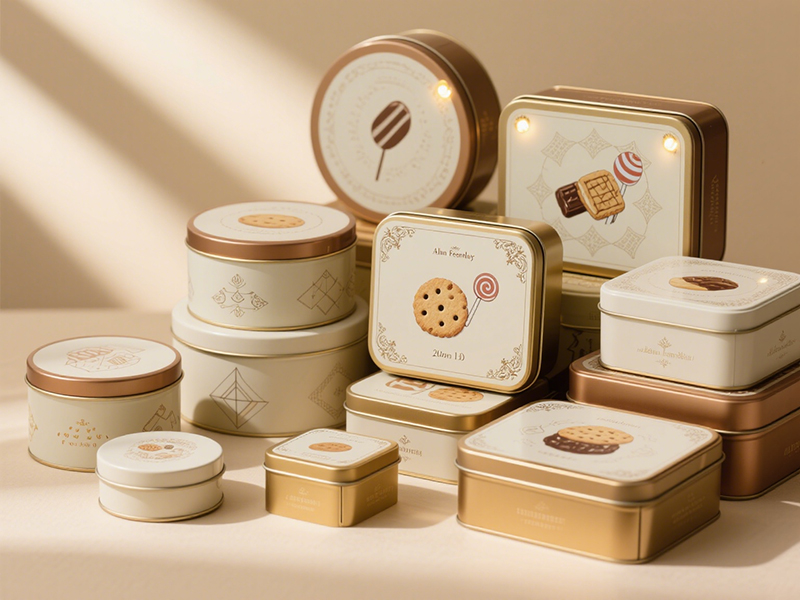
5. Supplier Selection: A Key Step to Risk Mitigation
Selecting a compliant supplier is a prerequisite for ensuring tin box safety:
Customized food-grade tin box manufacturers: Focus on qualifications and production capacity.
Require complete material testing reports, certifications, and a food packaging production license (SC certification).
Investigate the factory's cleanroom level (recommended to be at least Class 100,000) to ensure that the production process is free of secondary contamination. For example, a leading manufacturer uses a fully automated dust-free production line, ensuring aseptic operation from tin sheet cutting to finished product packaging. Custom Food-Grade Tin Box Wholesalers: Focus on Batch Quality Consistency
Wholesalers must have a stable supply chain and be able to provide sampling reports for each batch to prevent substandard products from being mixed into bulk purchases.
Confirm whether they can support small-scale trial production (e.g., 500-1000 pieces) to facilitate initial quality verification. High-quality wholesalers will also provide logistics and preservation solutions to prevent the tin boxes from deforming during transportation.
Custom Food-Grade Tin Box Suppliers: Emphasize Customization, Flexibilit,y and After-Sales Service
Suppliers should be able to recommend appropriate materials and processes based on food characteristics (such as acidity and oiliness). For example, they can recommend thick-coated tin boxes for preserved foods or oil-resistant coatings for baked goods.
Provide comprehensive after-sales service, including returns and exchanges for quality issues and assistance with third-party re-inspections.
---
Summary: Safe packaging is a manifestation of brand responsibility.
Distinguishing food-grade tin boxes from ordinary metal boxes relies on material compliance, process safety, and application suitability. For food companies, choosing tin boxes that have passed authoritative certification and cooperating with professional custom food-grade tin box manufacturers, custom food-grade tin box wholesale, rs, or custom food-grade tin box suppliers cannot only avoid legal risks, but also enhance brand reputation through safe and high-end packaging. Remember, packaging safety is always the first line of defense in food marketing.

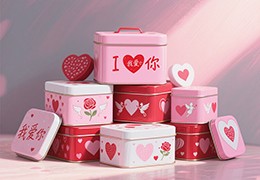
.jpg)
.jpg)

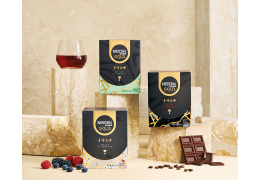
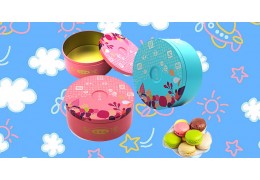
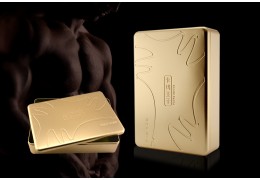
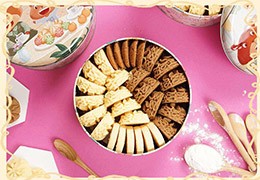
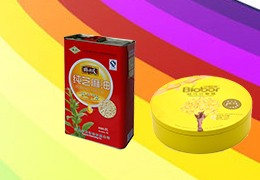
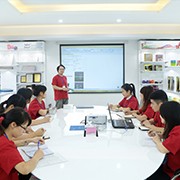
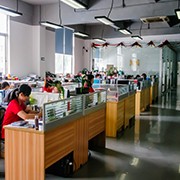


Latest comments